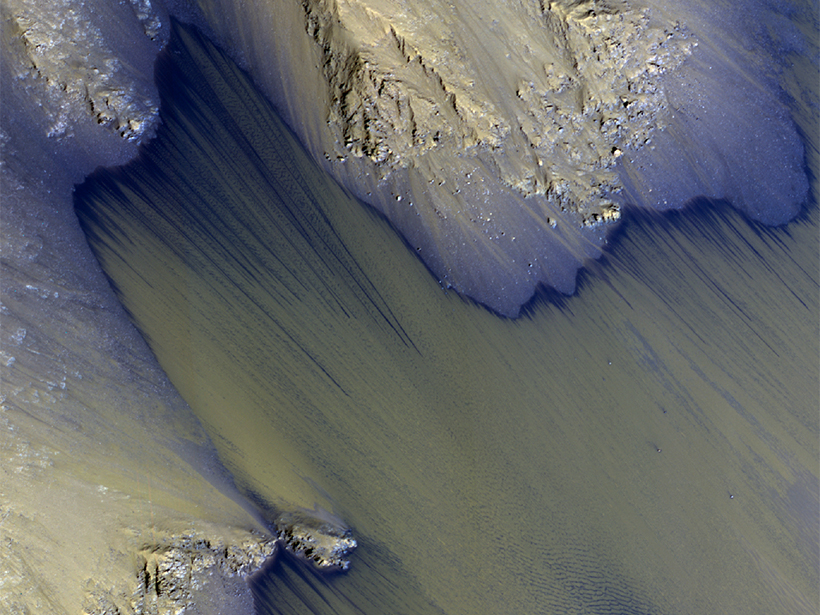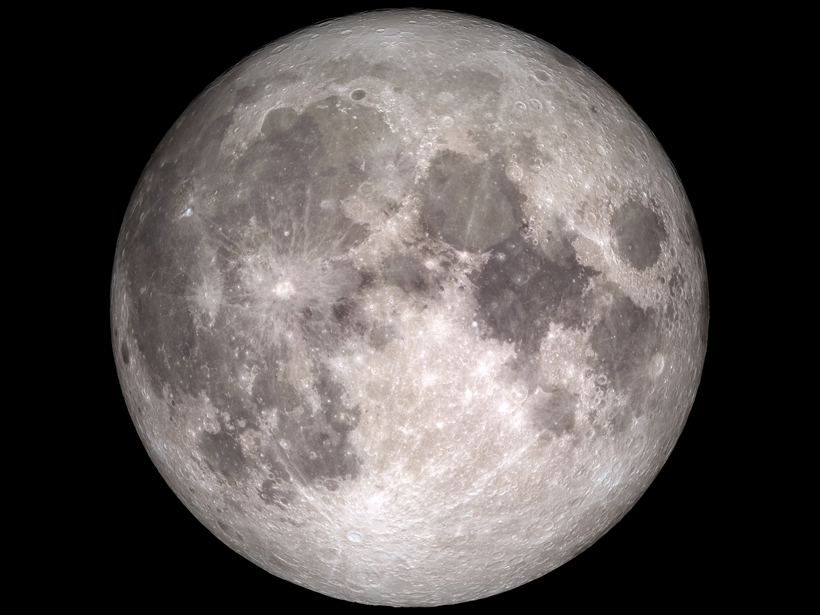A new hypothesis might reconcile two opposing theories that have tried to explain Mars's mysterious history for more than 40 years.
water
Minerals Hint at Liquid Groundwater, More Oxygen in Mars's Past
Manganese deposits in Gale Crater fractures are similar to Earth features that usually require flowing water and highly oxidizing conditions.
A Cluster of Water Seeps on Mars?
The discovery of dense concentrations of recurring flowlike features in two Valles Marineris chasms could aid in the search for life and influence future exploration of the Red Planet.
Venus's Unexpected, Electrifying Water Loss
New research shows that an electric field surrounding Venus is stripping its atmosphere of water—and the same phenomenon may plague exoplanets scientists hope might be habitable.
Curiosity Sends Curious Water Data from Mars
The rover's neutron spectroscopy instrument hints at an unexpected trend: The upper soil levels in the layers of Gale Crater's Kimberley formation seem to hold more water-associated hydrogen.
Interior Water Not Ruled Out for Our Moon, Lab Tests Suggest
The experiments mimicked cooling of magma at the lunar surface. They found that any water in interior molten rock might have escaped so fast at the surface that none was left to be measured.
Hydraulic Fracturing Water Use Is Tied to Environmental Impact
New map identifies varying water usage in hydraulic drilling operations across the United States and what this means for potential environmental impacts.
Water Beneath the Surface of Mars, Bound Up in Sulfates
Researchers present maps of hydrogen and sulfur that hint at water locked in hydrous sulfates in Mars's southern hemispheric soil.
Dry Minerals in the Lower Mantle
Laboratory-made perovskite helps explain how water is distributed inside the Earth.
Pyroxenes Can Be Used to Estimate Upper Mantle Water Content
Scientists suggest using the mineral pyroxene to study the water content of the Earth’s upper mantle.










